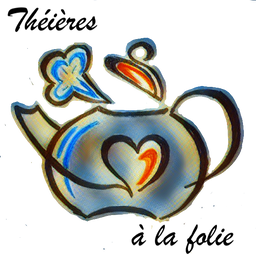Summary :
Since jasmine tea is primarily made from tea leaves from the Camellia Sinensis plant, when you sit down to sip a cup of jasmine tea, you get all the benefits of black tea and green tea, plus some extra extras provided by the sweet and fragrant jasmine flower. Here we bring you all the benefits of jasmine tea so you too can get excited about this beautiful flower...
Jasmine tea is a tea flavored with jasmine flowers. It is usually prepared with green tea, but you can also use white tea or black tea. Jasmine flower is added and it brings a slightly sweet taste and fragrance. It is one of the most popular flavored teas in China.
The use of jasmine flower in tea became a big novelty during the Ming Dynasty era. Who knows how it happened, but since the Ming were obsessed with flowers, it makes sense that they saw fit to sprinkle some on their most popular drink. All surviving relics from this era show intricate patterns of beautiful flowers adorning everything, and this trend extended to the food and drink served on the tables. Adding a savory twist to tea was nothing new in ancient China, whether it was the heady scent of bergamot, the citrus undertones or the lovely lychee, the addition of aromatic notes to a beautiful infusion was considered a real treat for the eyes. The scent of jasmine was all the rage and was so popular that it spread during the Qing dynasty and even became one of the first flavored teas to travel outside of China in the 19th century. Transported by ship to western shores upon arrival, the world fell in love and even today jasmine tea is one of the most beloved teas in the world. Jasmine tea is made using an existing tea as a base. Often green tea is the tea of choice, but sometimes black tea, white tea, and even Oolong tea are also used. Not only are the teas different, but so is the jasmine. There are two main types of jasmine flowers: common jasmine (Jasmine um officinale) and sambac jasmine (Jasmine um sambac). Of these two types, the common jasmine is the oldest and is believed to have been imported from the exotic lands of Persia. Even in our modern world, the sight of that creeper jasmine, draping itself over all in sight and blooming with its bright, intense star-like blooms, is enough to make you swoon. Making jasmine tea is an art and the process pays homage to this delicious delicacy. Tea leaves are picked in late spring when they are fresh and fragrant. They are then dried according to the type of tea and with variable oxidation depending on whether it is black, white, green or oblong tea. The tea is then stored for a few months until the jasmine is ready to bloom. Jasmine blooms at the end of summer, when everything is heady and warm. They are picked at noon, when the temperature of the day is highest. At this time, the jasmine bud remains firmly closed against the sun, and it will not open until later when it is fresh and ready. We proceed in this way to guarantee the best perfume. But there is another method which is to pick the flowers at night, when they are supposed to be open and give off their optimum fragrance. Freshly bloomed flowers are placed with the tea leaves under carefully controlled conditions. The temperature and environment must be perfect for the tea leaves to take on that delicious floral scent. Depending on the quality and craftsmanship of the tea, it can be flavored again and again (always with fresh jasmine flowers) and this can take a day or several weeks depending on the complexity.


